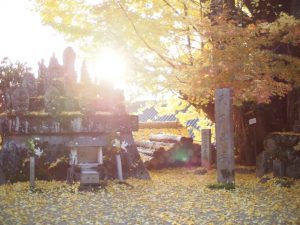
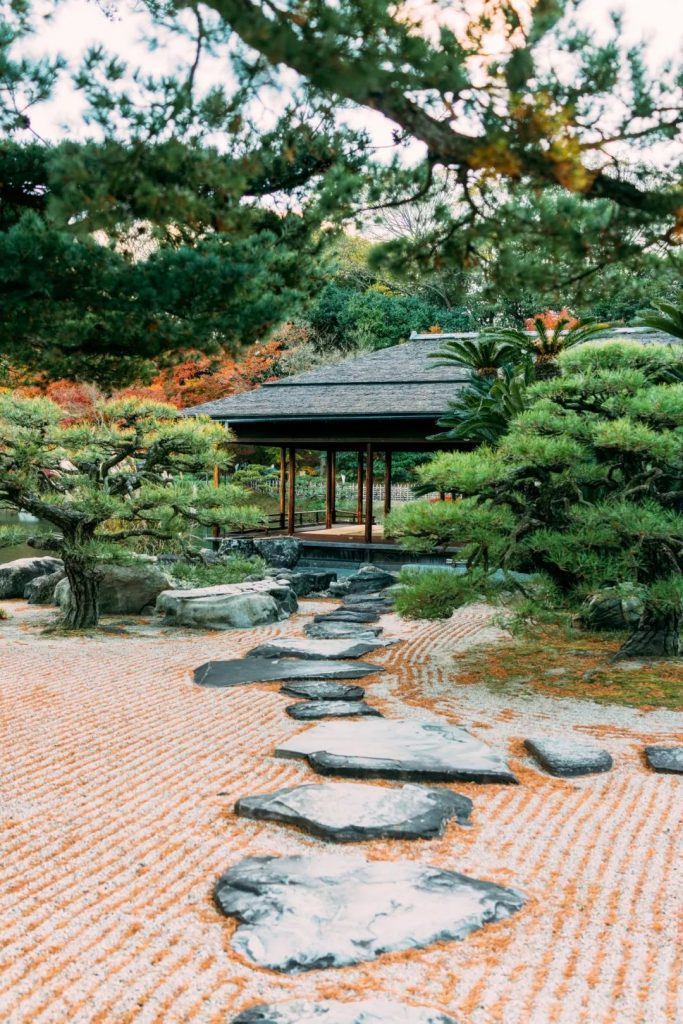
Today, after people are getting tired of the homogeneous cities, Shikoku is like a treasure that has been hidden for many years. This place overlooked by many tourists to Japan, “Shiguoku Banlu” (Banlu, henro, pilgrimage to the ring island) attracted countless practitioners 1,200 years ago.
Today, join LP to uncover the mystery of this national treasure-level trekking route, and experience the spiritual journey of the practitioners who wore bamboo hats and held a vajra stick in their hands to traverse the Eighty-Eight Temples in Shikoku!
LonelyPlanet
Who is Kukai –
In 1200, 1200 kilometers, generations of practitioners came to the remote Shikoku and embarked on a pilgrimage road isolated from the world. For belief and practice, they visited the 88 temples created by Master Kukai.
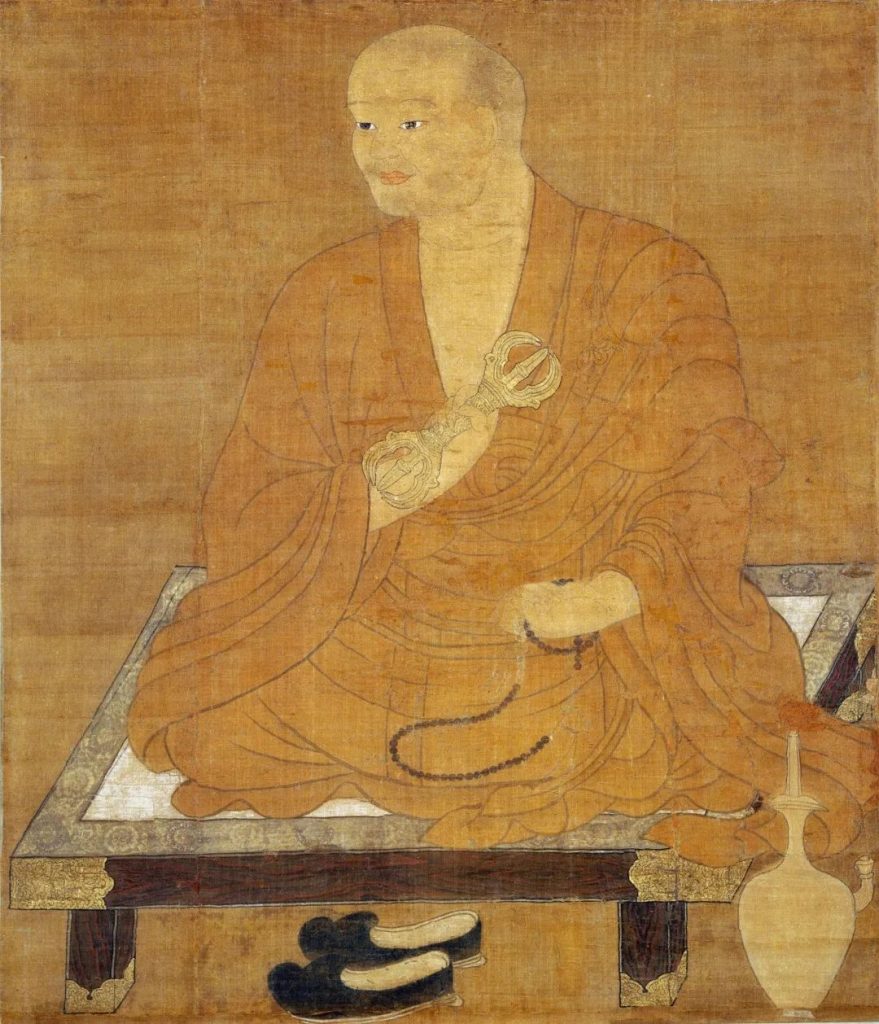
If you have been to Qinglong Temple on Leyou Yuan in Xi’an, or watched the movie “The Legend of the Demon Cat”, you will know the name “Konghai”.
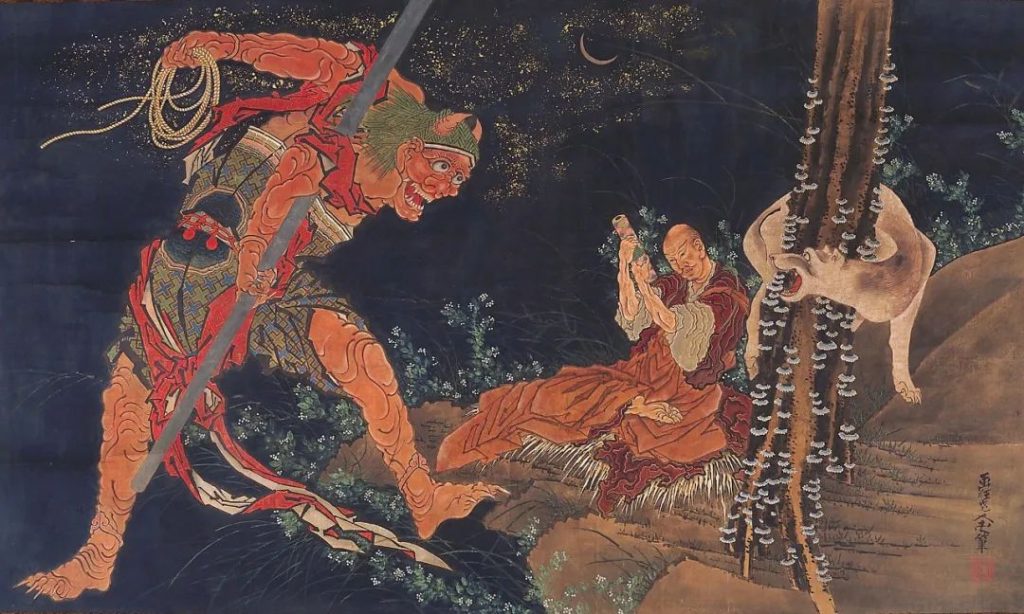
Kukai (posthumous title Kobo Daishi) is a Japanese eminent monk. He came to China as an envoy to the Tang Dynasty and studied with the Tantric master Huiguo. After two years, he returned to Japan and founded the Shingon School. Kukai asked Emperor Saga to build Kongobuji Temple in Koyasan to promote Tantric Buddhism. Since then, Koyasan has become the main mountain of Shingon sect.
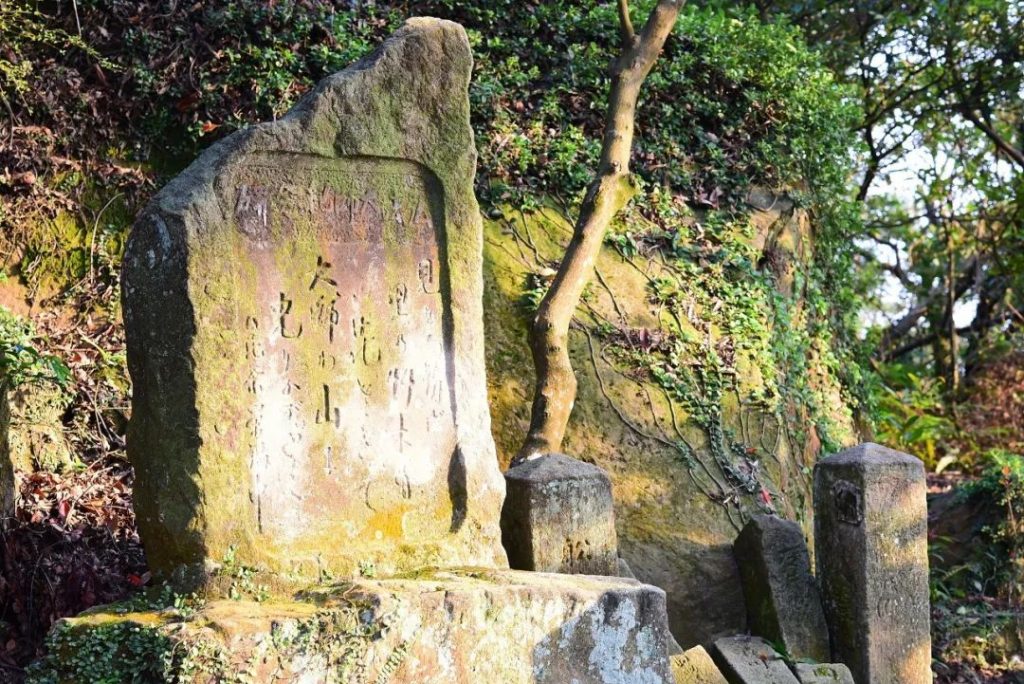
It is unclear whether Kukai, who was born in Sanuki Kunaka Village (now Zentsuji City, Kagawa Prefecture), founded 88 temples, but many of them are indeed related to him, and he has made contributions to Japanese Buddhism and even literature and art. He also made the Japanese revere him very much.
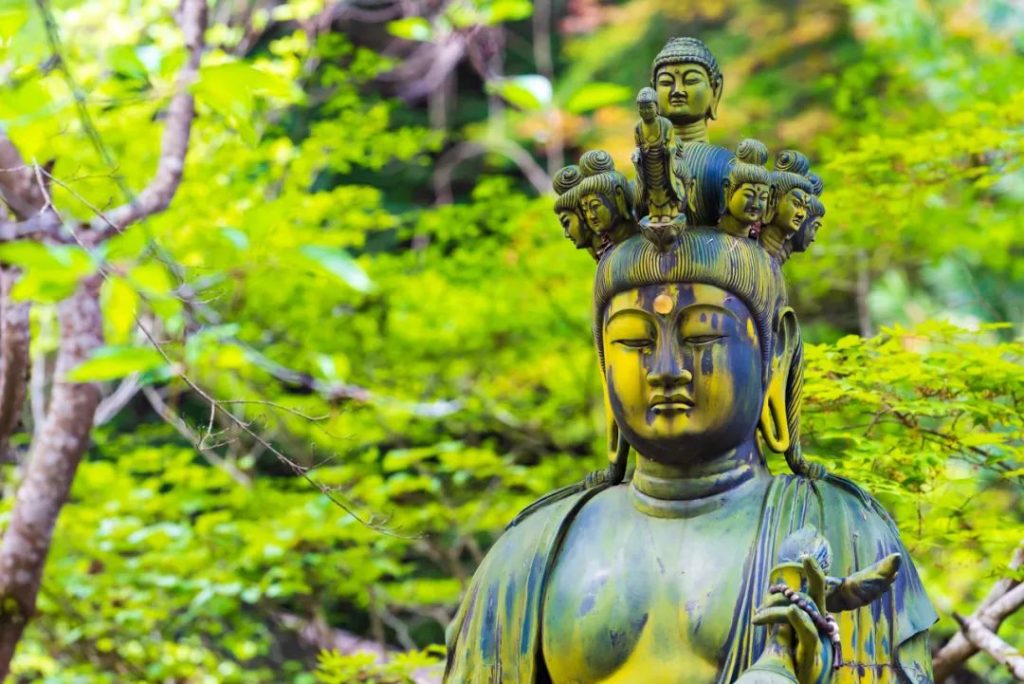
The “Shikoku Road” was established between the 16th and 17th centuries. The monk Shinnen of Koyasan published the first “Guide to the Shikoku Road” in 1689, which made this pilgrimage route deeply rooted in the hearts of the people.
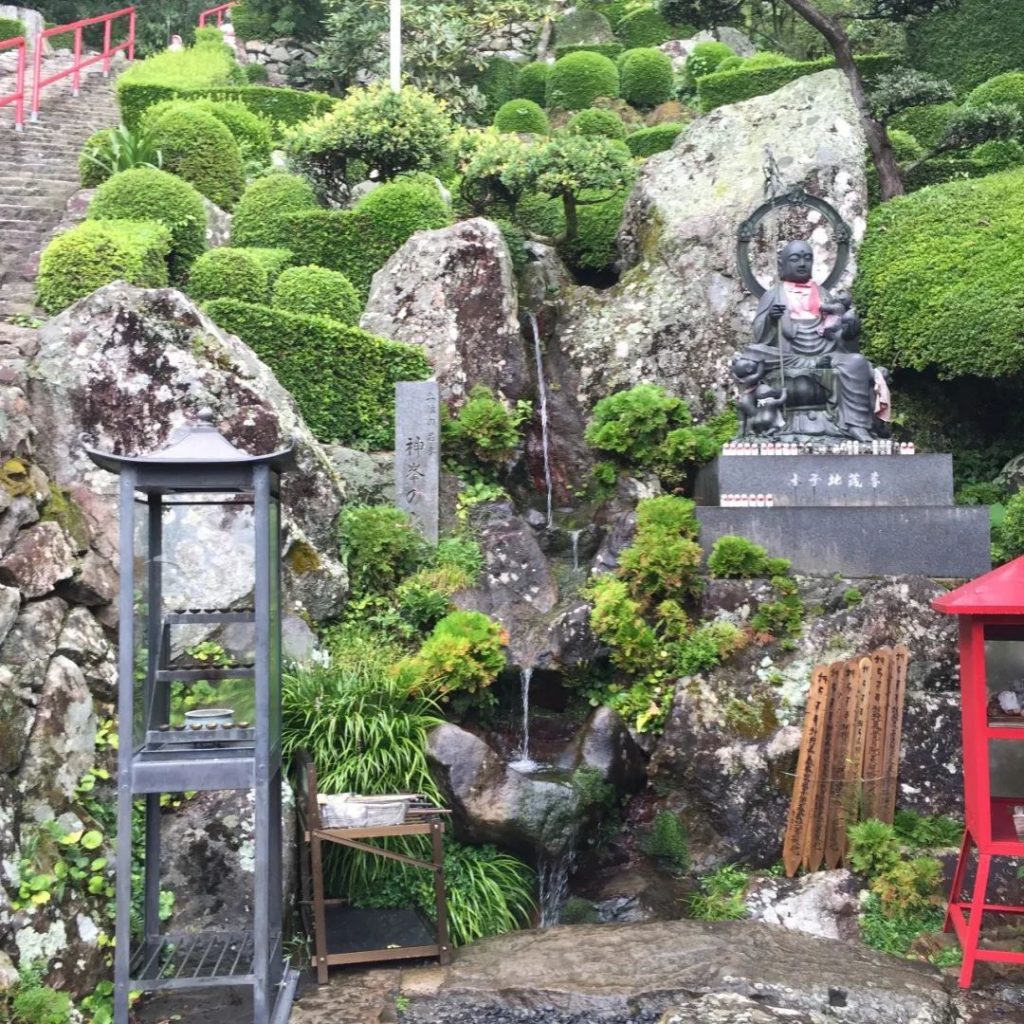
– 88 Temples all over the road –
The Eighty-eight Temples, also known as the Eighty-eight Spiritual Fields, are scattered all over Shikoku, some are dense and some are distant, starting from Tokushima County and going westwards clockwise back to Kagawa County.
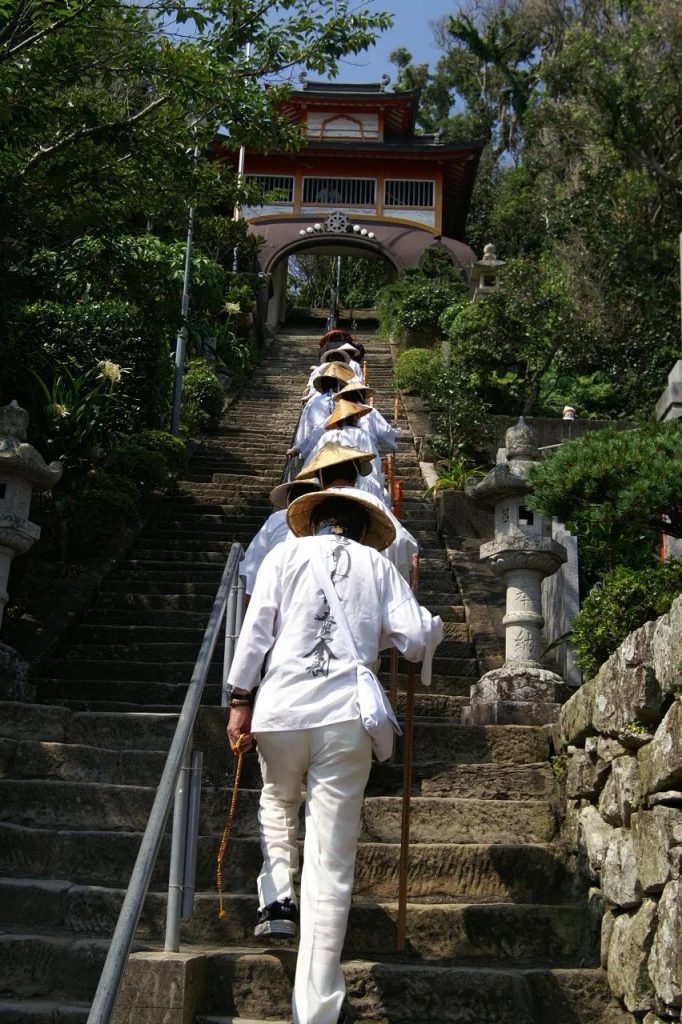
The 23 temples in Tokushima Prefecture are called Hoshin-no-dojo (Hoshin-no-dojo). This is the beginning of Shikoku’s journey, and it also represents people’s thoughts, actions, and pilgrimages.
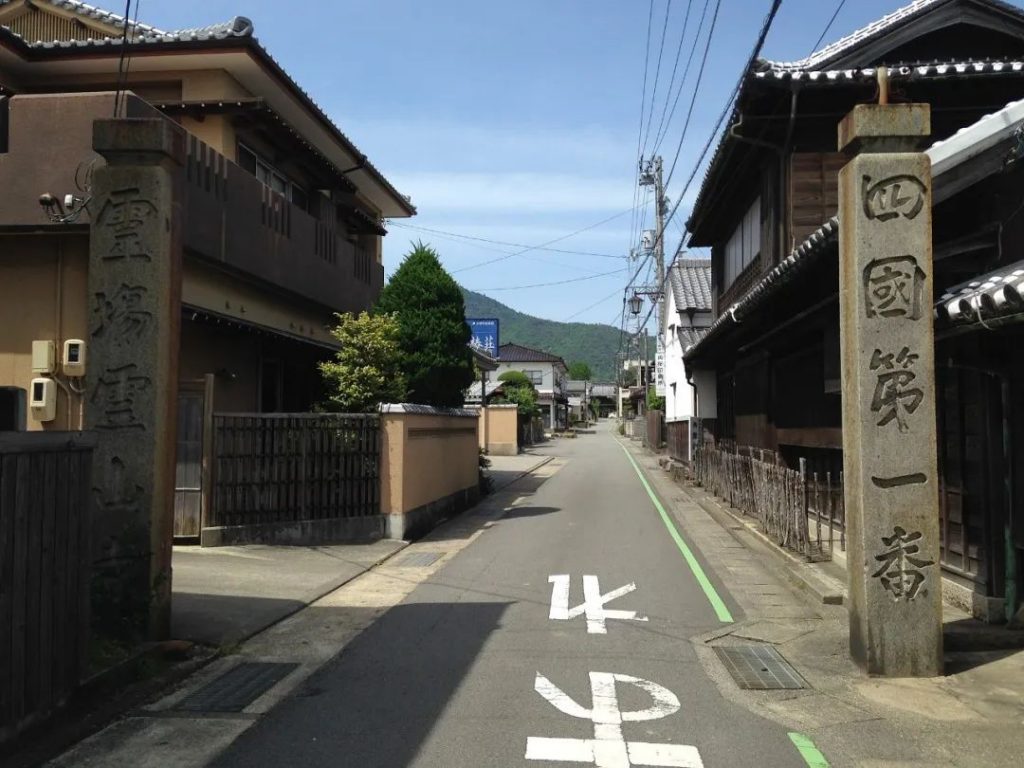
The 16 temples in Kochi Prefecture are called Shugyo Dojo (Shugyo no Dojo/Shugyo-no-dojo), and spiritual practice is the process of constantly reflecting on oneself and adjusting one’s thoughts and actions. The distance from Tokushima No. 23 to Kochi No. 24 in Cape Muroto is more than 75 kilometers (not the two farthest apart), and this is a journey that tests the body and mind of those who travel.
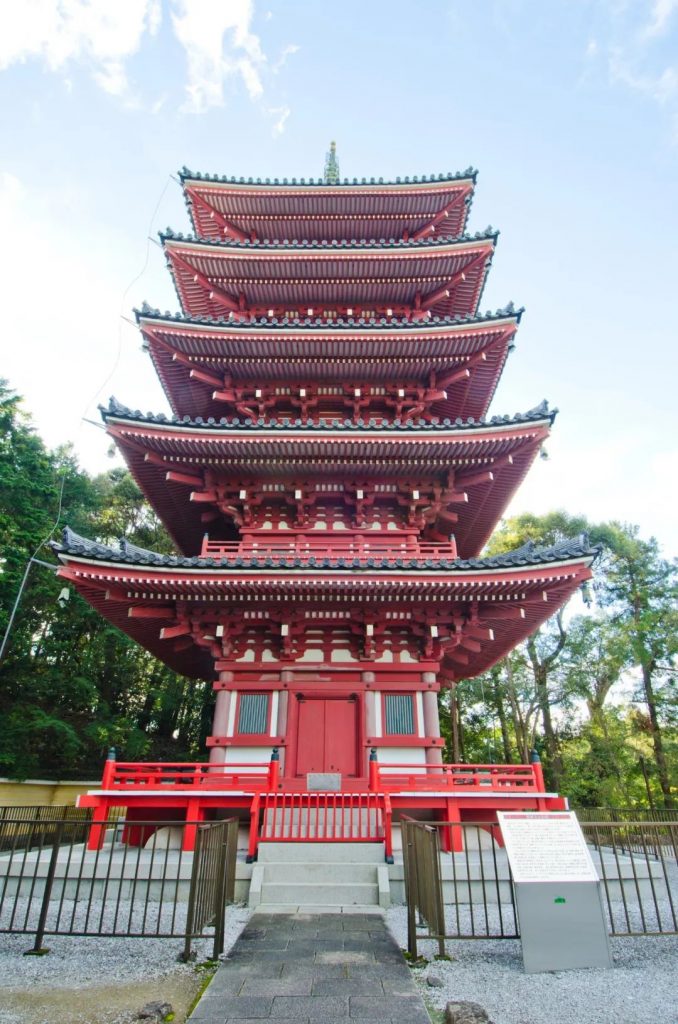
The 26 temples in Ehime Prefecture are called Bodhi Dojo (Bodai の Dojo/Bodai-no-dojo). Bodhi is enlightenment.
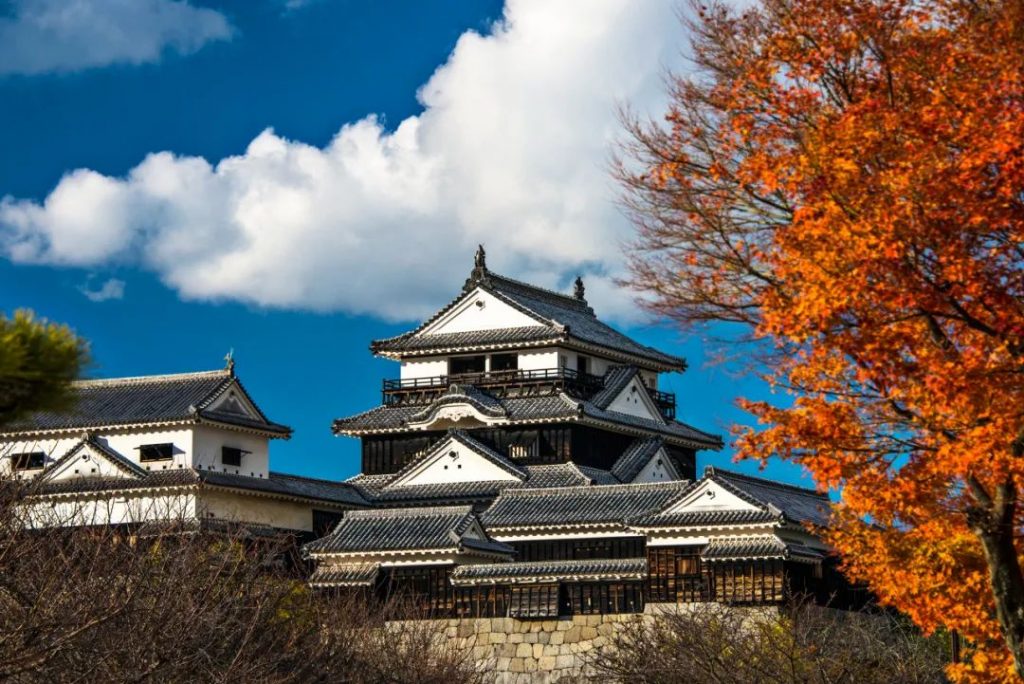
The last 23 temples in Kagawa Prefecture are also the last section of the road, known as Nirvana Dojo (Nirvana の Dojo/Nehan-no-dojo), and finally completed the road of the master, like a phoenix Nirvana, reborn, saying goodbye to the past self .
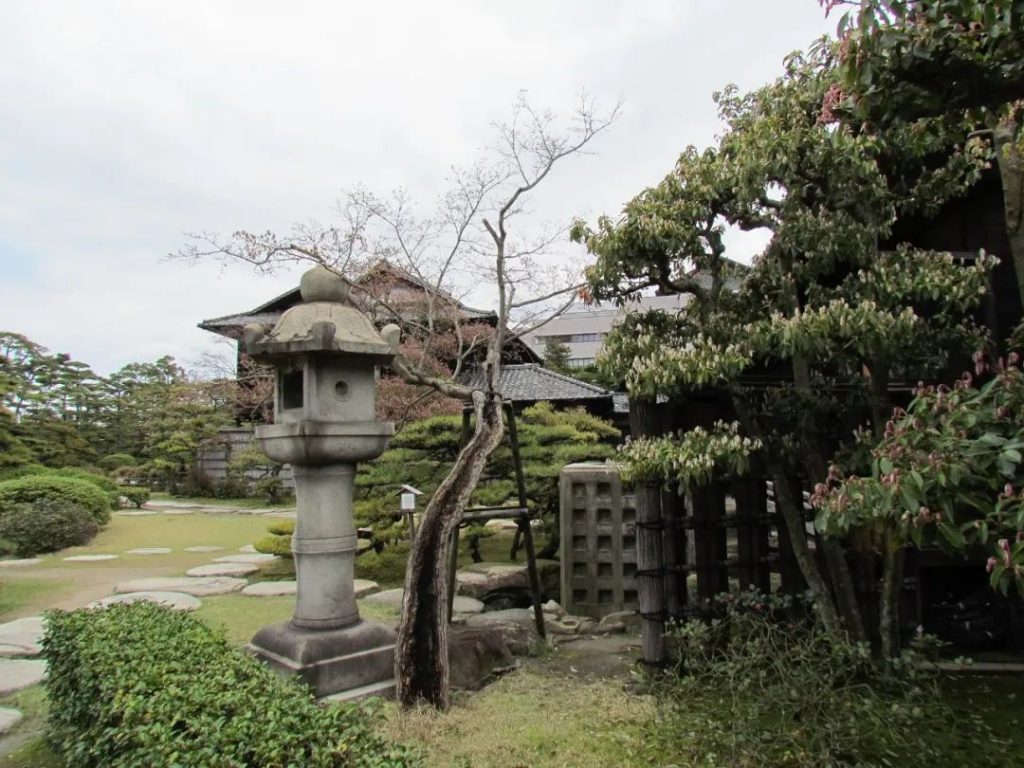
– Outfit of the Traveller –
People who walk on the road are honored as the wanderer (おBanlu さん/O-henro-san, which means more cordial in Japanese). Although their backgrounds and motivations vary, the belief behind walking the Eighty-Eight Temple Loop is: walking with the spirit of Master Kobo.
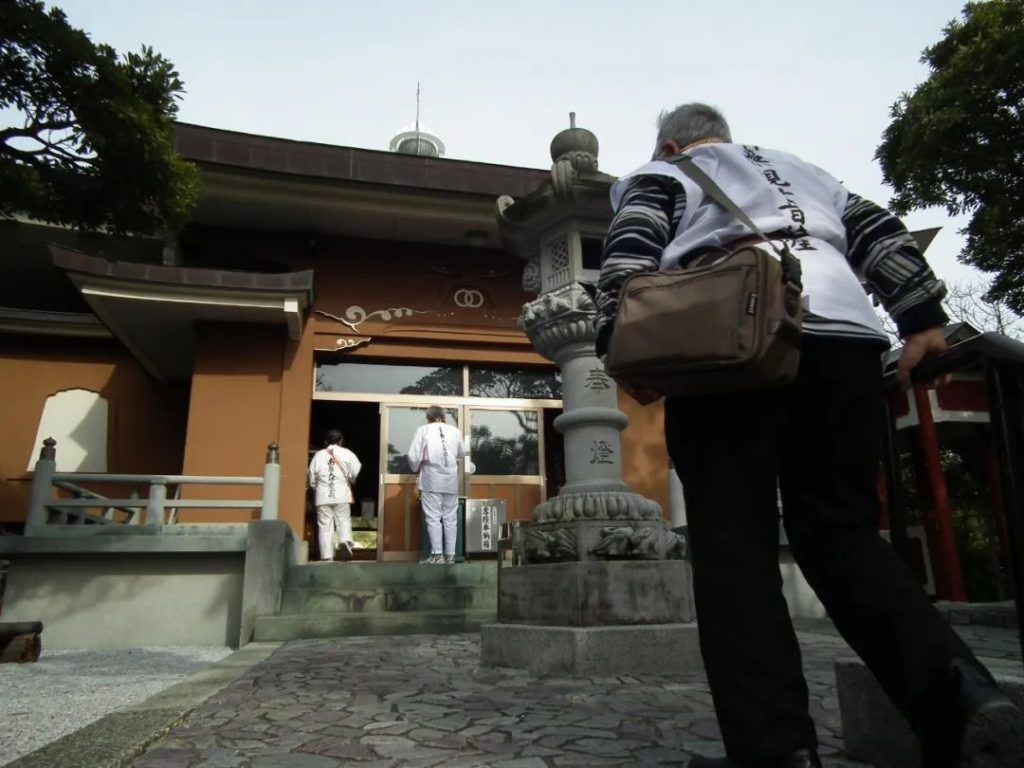
The travel life pattern of the wanderers is roughly the same, and the clothes are quite uniform: white travel clothes (white clothes/Hakui) and wheel robes (Wagesa), to show sincere purpose and pure heart; bamboo hats (Sugegasa), to protect the wanderers Resist the sun and rain; and the brightly colored Kongōzue. The messenger bag of the traveler is called a tudabukuro, and it says “Dōgyō Ninin” (Dōgyō Ninin).
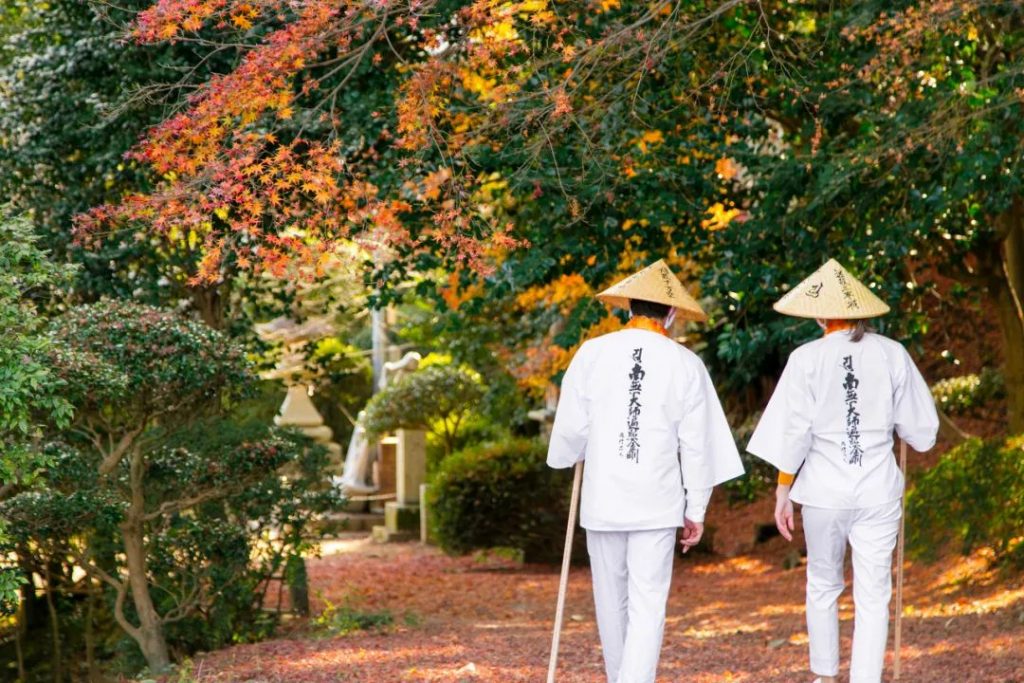
You can purchase all these equipments at the No. 1 temple, Lingshan Temple. Of course, there will also be some supplies stores along the road for you to purchase. From the point of view of doing as the locals do, the locals believe that the bamboo hats and vajra sticks are equivalent to the incarnation of Master Kukai, so please respect these items and be careful not to bring them into the bathroom.
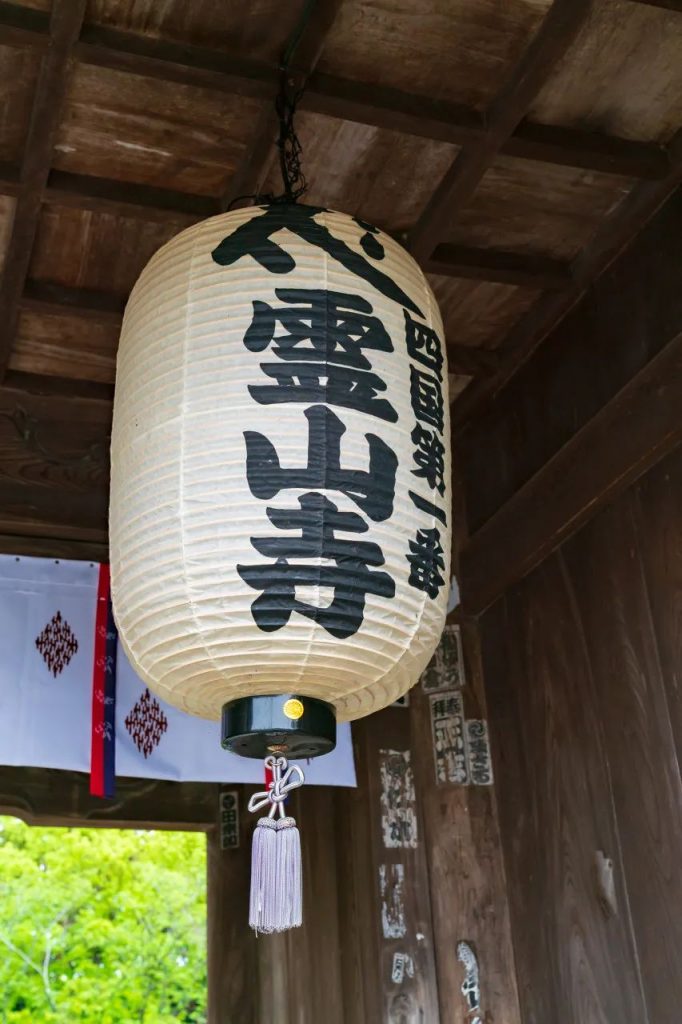
The usual practice of pilgrims at each temple is also roughly the same: bowing at the temple entrance, washing and gargling at the hand water yard, ringing the bell and reciting the Maha Prajnaparamita Heart Sutra at the Hon Dō and Daishidō. ”, if you bring Osamefuda, remember to write your wish and put it into the Naza box of the main hall and the master hall, and finally go to the Nōkyōsho, and the temple will hand-write the royal seal in your scripture account. When stepping out of the temple gate, bow and salute to leave.
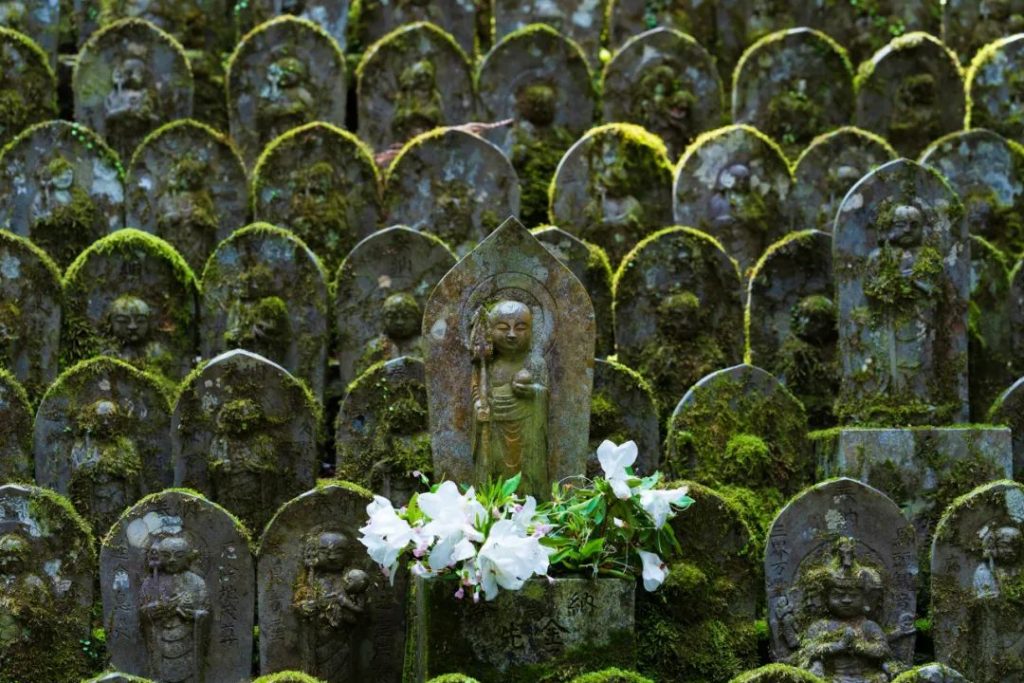
– How to get around –
If you aspire to be a walker (Aruki henro), you should plan to complete the loop in about 40 to 60 days (an average of 25 kilometers per day). The website www.shikokuhenrotrail.com and the travel guide “Shikoku, Japan’s Eighty-Eight Temples Route Guide” are excellent English-language resources for planning your travels.
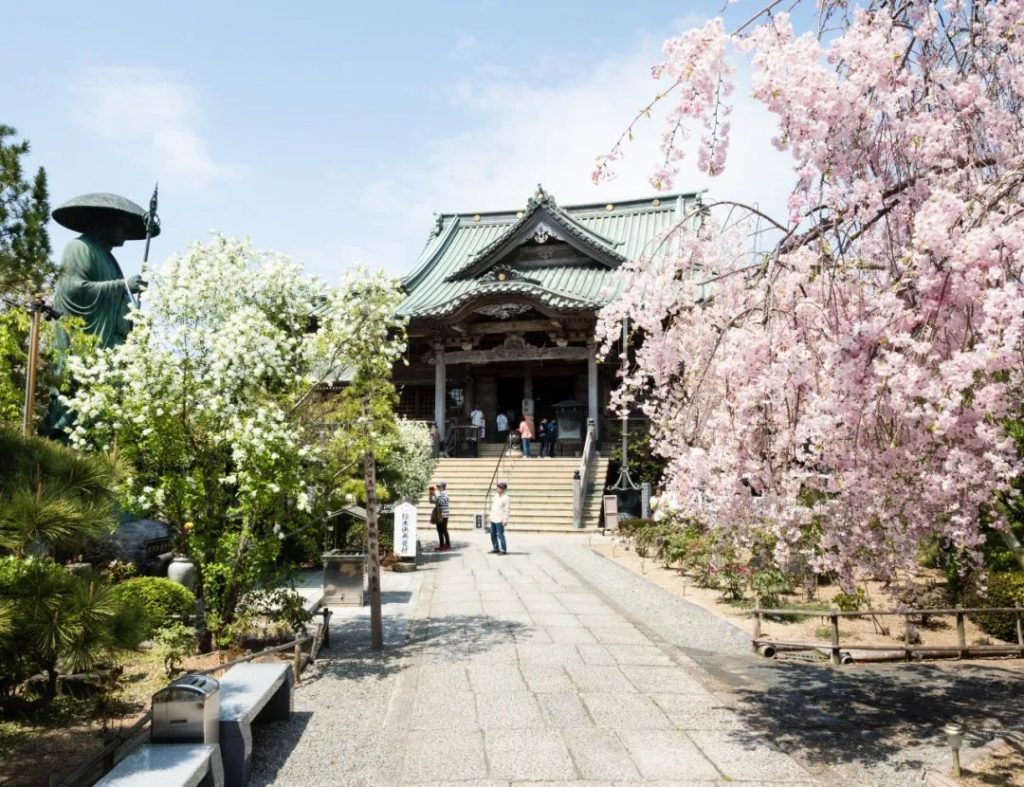
Reference materials related to the road can be purchased at Lingshan Temple. Between many temples is a very old pedestrian path. If you walk clockwise, the mountain trail between No. 11 Fujii Temple and No. 12 Yaoshan Temple will be the first “Bianlu ころがし” you encounter. ” (Henro korogashi, referring to the hard part of the road), many people think this is the most difficult part of the road.
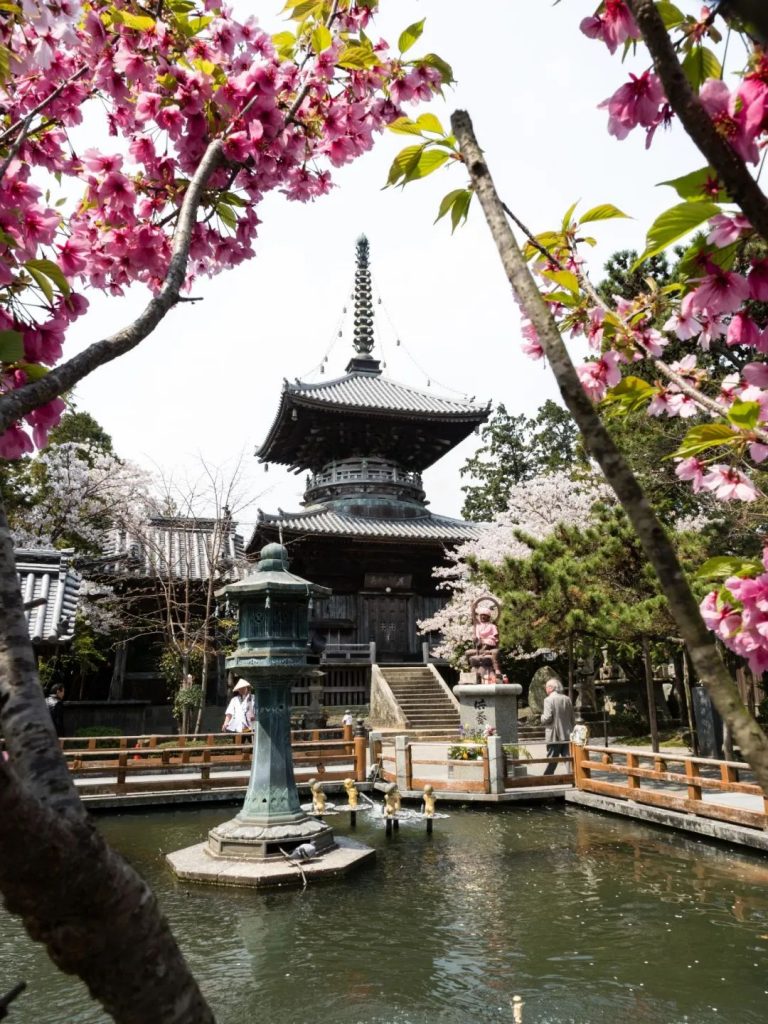
If you don’t plan to walk, consider the way most people who travel today travel to the Eighty-eight Temple, tourist bus (about ¥300,000 for a full 12-day trip), taxi, public transportation, car, motorcycle or bicycle Wait. That is also a worthwhile effort!Eighty-eight shrines and shrines in Shikoku
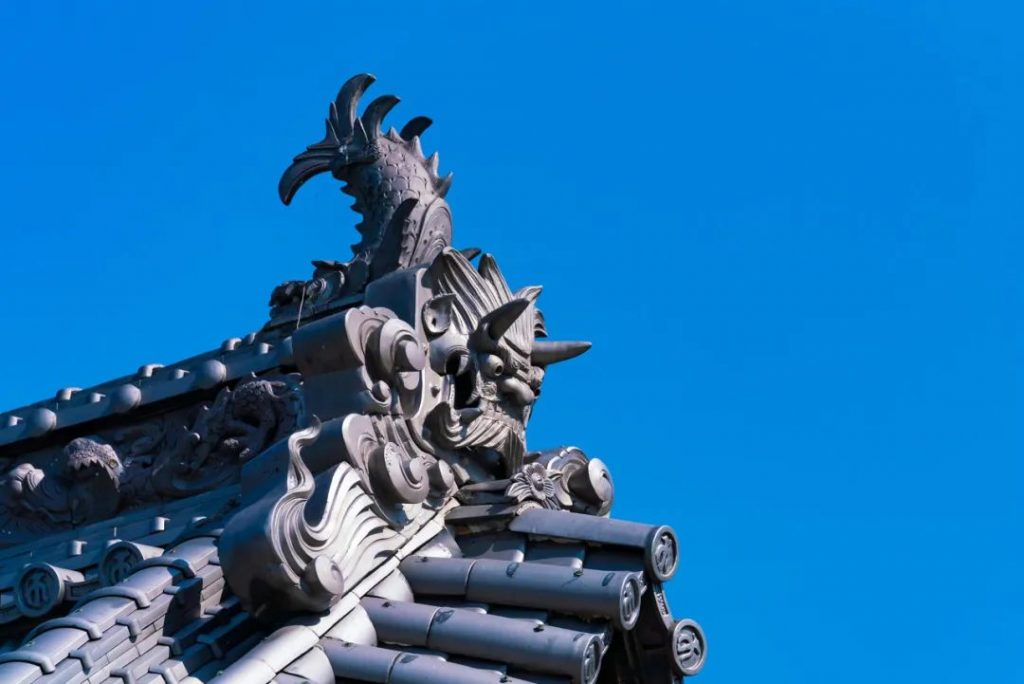
– Travel all day –
If you don’t have much time and want to experience the Shikoku tour, try adding some tour content to your trip. You can walk along the mini-circle of the one-day passerby, and try out early adopters, which may also give you a deep understanding. Temples No. 1 to No. 5 are not far away, and it is most convenient to join a one-day itinerary in Tokushima. Temples No. 46 to No. 53 in Matsuyama, Ehime Prefecture, and Zentsuji Temple in Kagawa Prefecture are all good choices for dense temples and easy access.
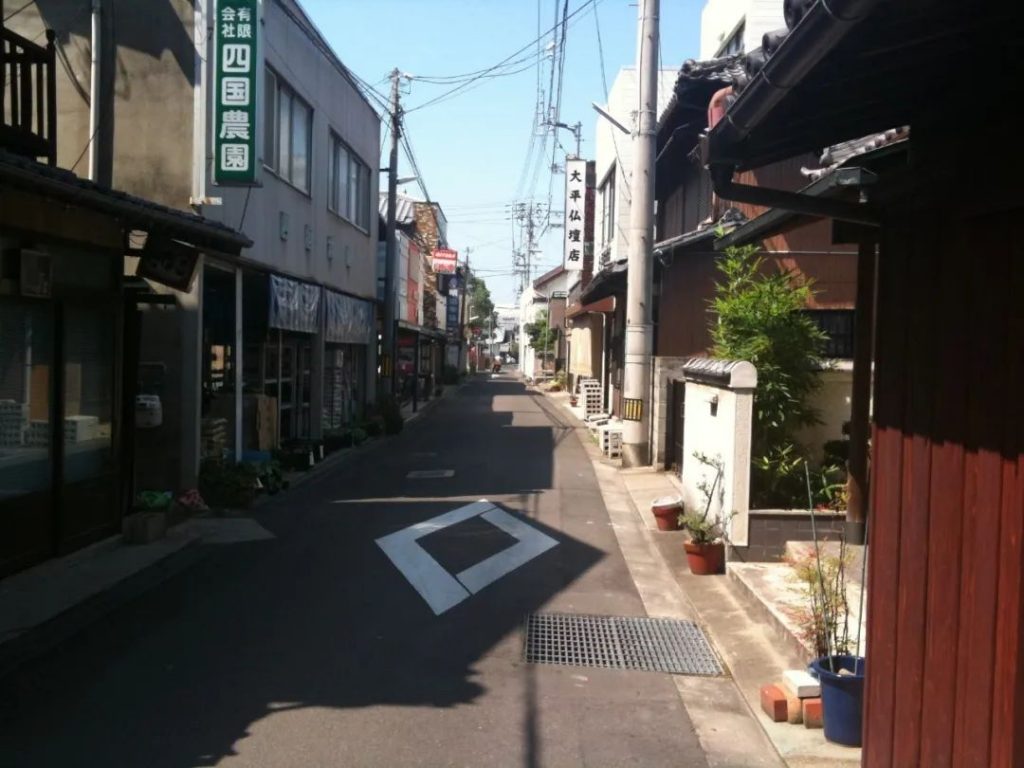
Zentsuji City, Kagawa Prefecture
The first five temples are easily accessible on foot from each other, making it possible to experience a full day trip from Tokushima. Ryozen-ji (Ryozen-ji) is the first of the Shikoku Eighty-Eight Shrines tour. To get there, take the local train from Tokushima to Pandong. Walk along the main road for 10-15 minutes (about 700 meters) to reach the temple, and there is a map at Pantong Station to point you in the right direction. Historically, it was the first temple to be visited by travelers from Koyasan in Wakayama prefecture who came to seek advice from Kobo Daishi after arriving in Shikoku by boat.
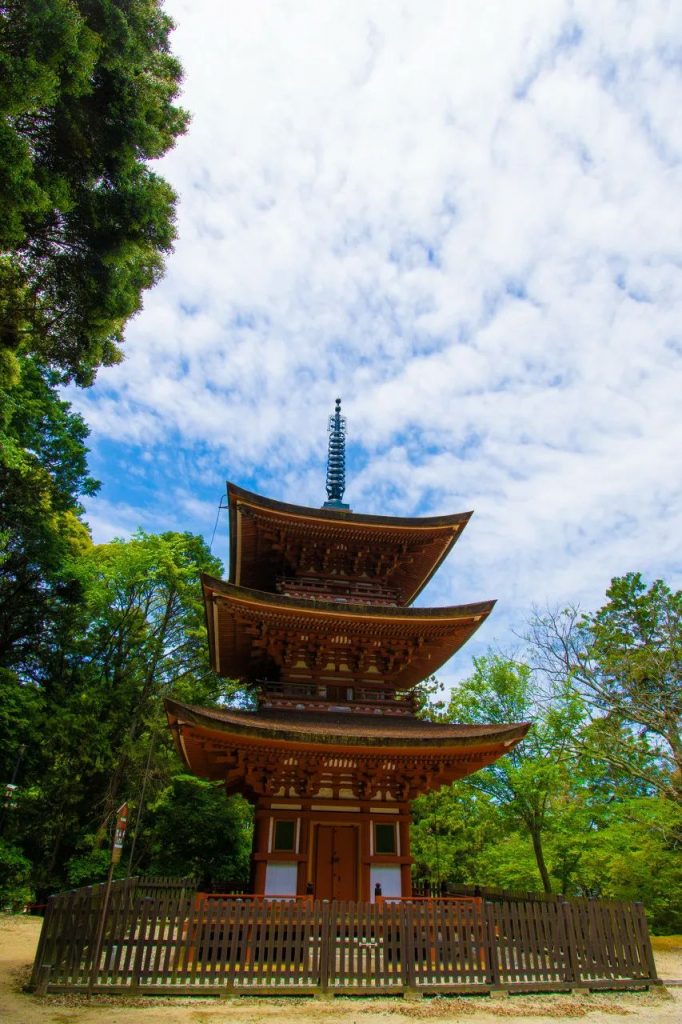
From Lingshan Temple, follow the main road for a while to reach the second temple, Gokuraku-ji, and then walk 2 kilometers to the third temple, Konsen-ji. Look out for roadside signs that say “Henro-michi” (henro-michi), usually represented by a red silhouette of a pilgrim. From here, follow an increasingly remote path for about 5 kilometers to the fourth temple, Dainichi-ji, and then another 2 kilometers to the fifth temple, Jizo-ji, where there are An impressive group of 500 Arhat sculptures. From the Arhat bus stop on the main road in front of the temple, take the bus to Itano Station, where there is a train that will take you back to Tokushima (360 yen, 30 minutes).
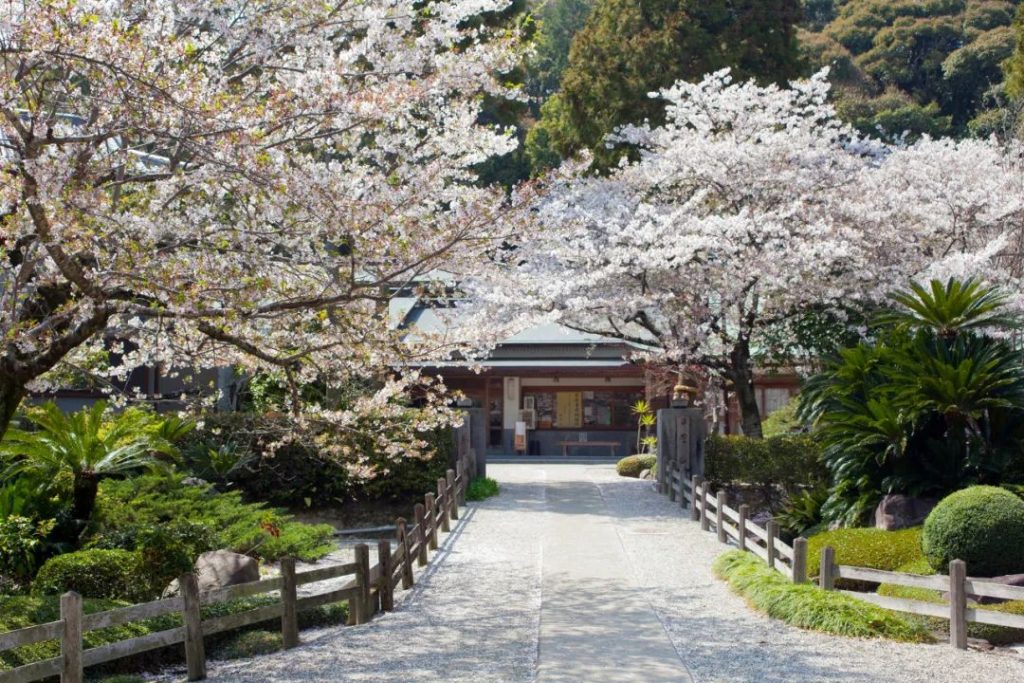
Rizhao Mountain Jile Temple, No. 2 Temple of the Eighty-Eight Spiritual Fields in Shikoku
– Notable temples –
Temple #21: Tairyū-ji Tairyū-ji’s 2.7-kilometer ropeway, the longest in western Japan, makes going up the mountain easy and offers everyone the opportunity to visit this mysterious and peaceful place . It’s worth the effort to get here, the scenery is majestic. Be sure to bring your passport, as foreign tourists often get half-price discounts.
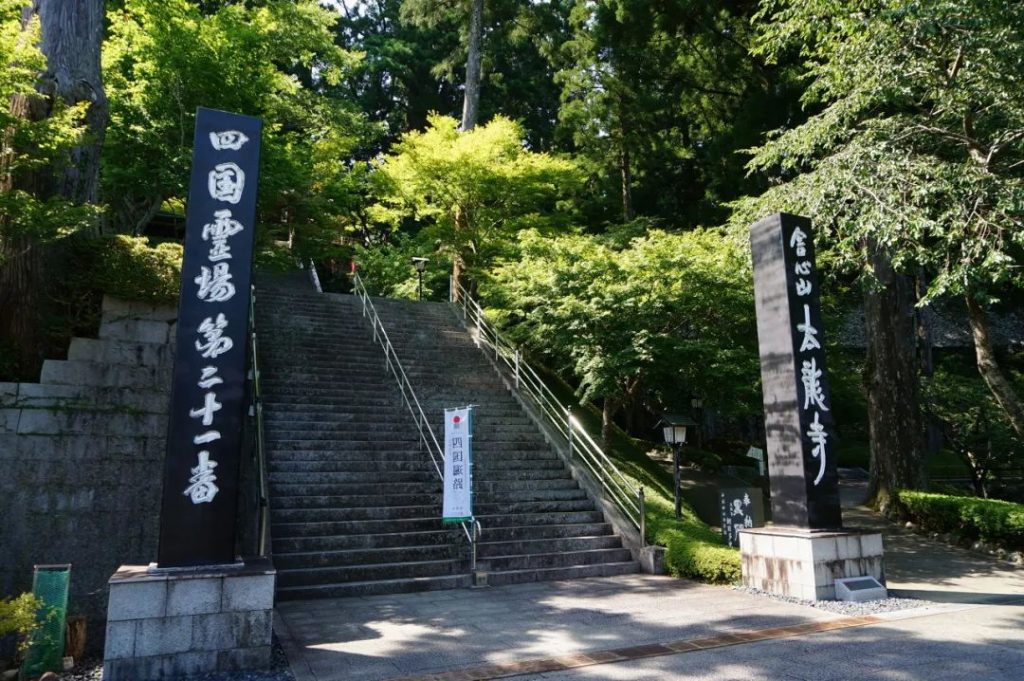
#Temple #38: Kongōfuku-ji Located on the breathtaking Cape Ashizuri, Kongōfuku-ji has a tropical courtyard with various small temples, sculptures, gardens and ponds. Walkers will breathe a sigh of relief when they arrive here, as the distance from Iwamoto-ji Temple, 94 kilometers away, is the furthest between temples in the entire journey.
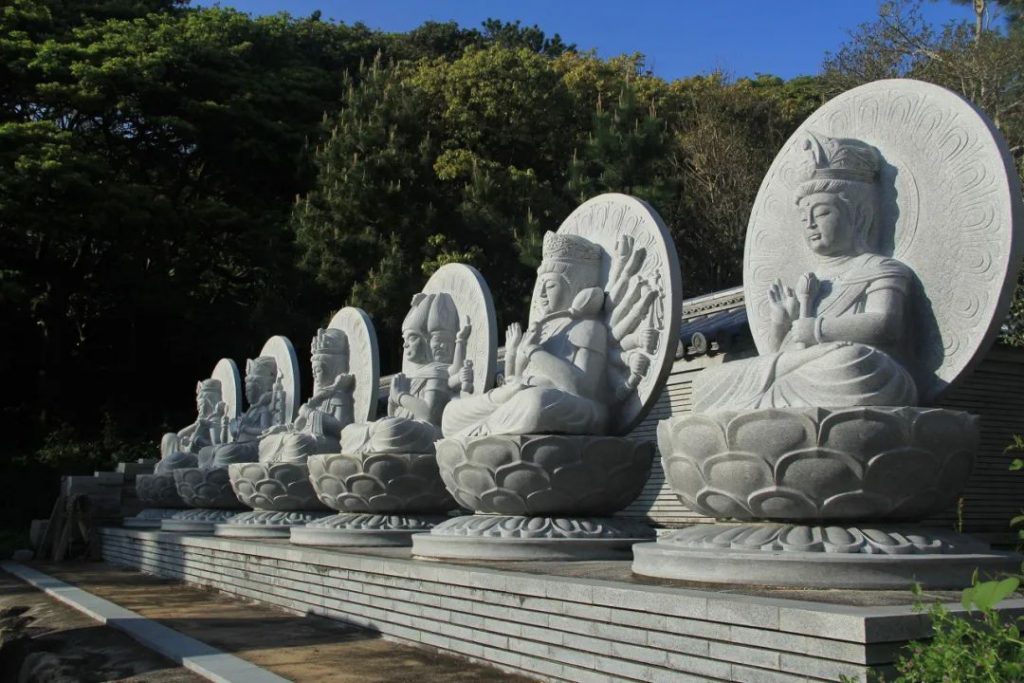
# Temple No. 51: Ishite-ji (Ishite-ji) Ishite-ji is located in the east of Dogo Onsen. Its name comes from an allusion related to Daishi Kobo, which mentions a baby born with a stone in his hand. This place is also considered to be the origin of the Shikoku tour. It is said that Saburo Emon, who has a long history with this place, pursued Kukai to visit Shikoku in order to apologize for his sins, and thus formed this pilgrimage route.
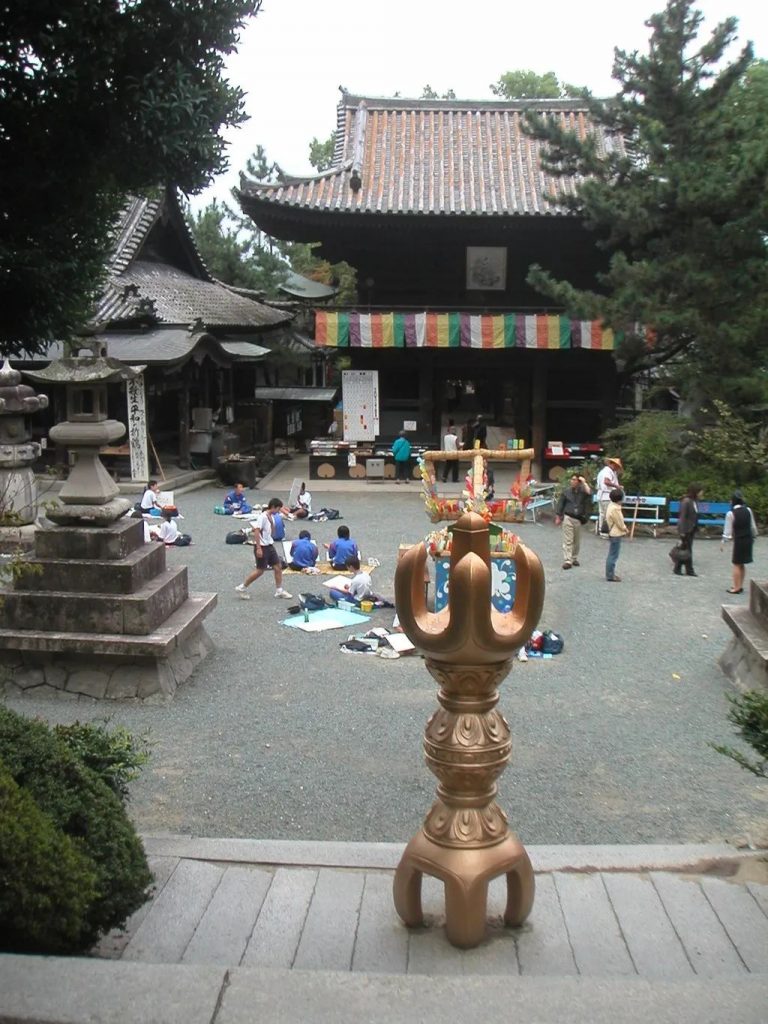
#Temple #75: Zentsū-ji Zentsū-ji is the largest temple – the parking lot can fit 87 other temples. This is where Kobo was born, and the temple has a rather majestic five-story pagoda and several towering camphor trees that are said to date back to Kobo’s childhood. Go to the basement to explore Mie-dō and walk through the 100-meter-long walkway in the dark (¥500): follow the guide of the Bodhisattva.
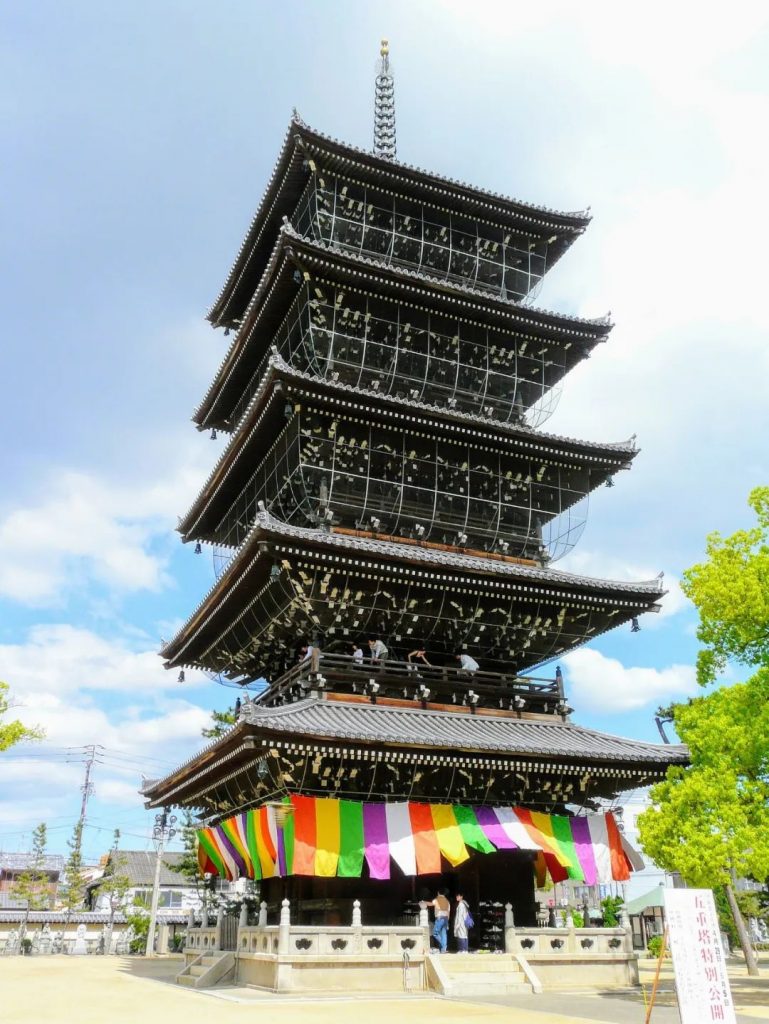
#Temple No.88: Okubo-ji (Ōkubo-ji) Okubo-ji is the last temple on the Shikoku 88 temple road trip. It is located in the mountains in the southeast of Kagawa Prefecture and is worth a visit. It takes a hard climb to get to the last temple, and if the pilgrims do, they still have to walk back to the first temple and complete the loop – because the search for enlightenment is like a loop that never ends.
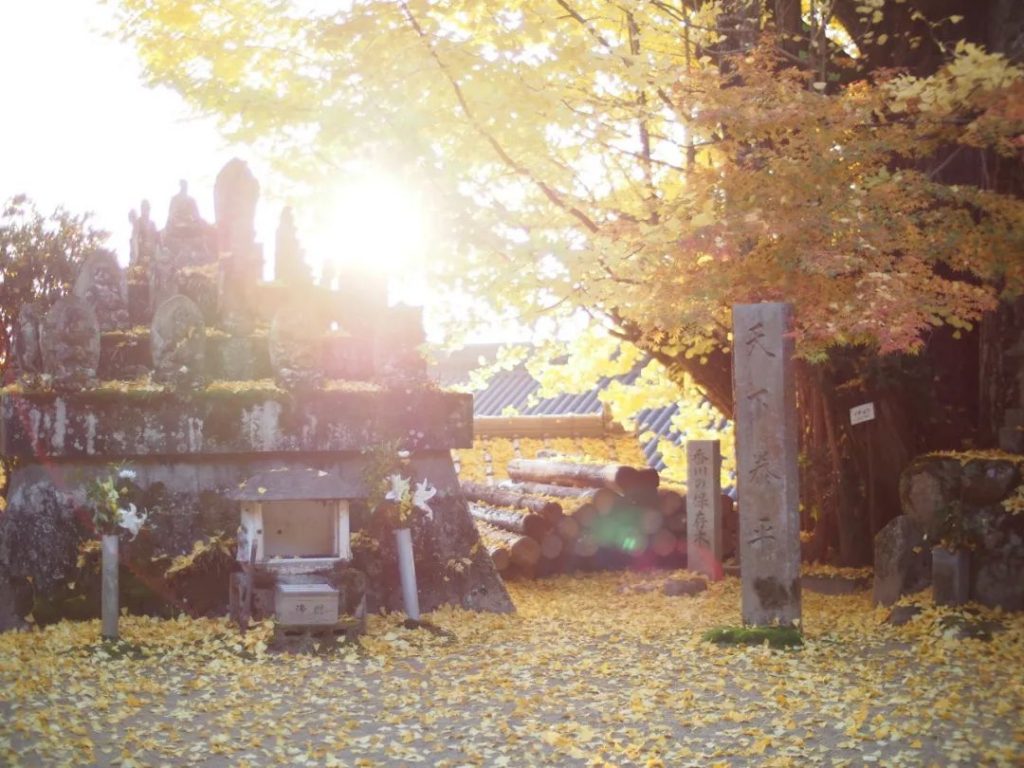
Dawa Temple in autumn
– A journey full of warmth –
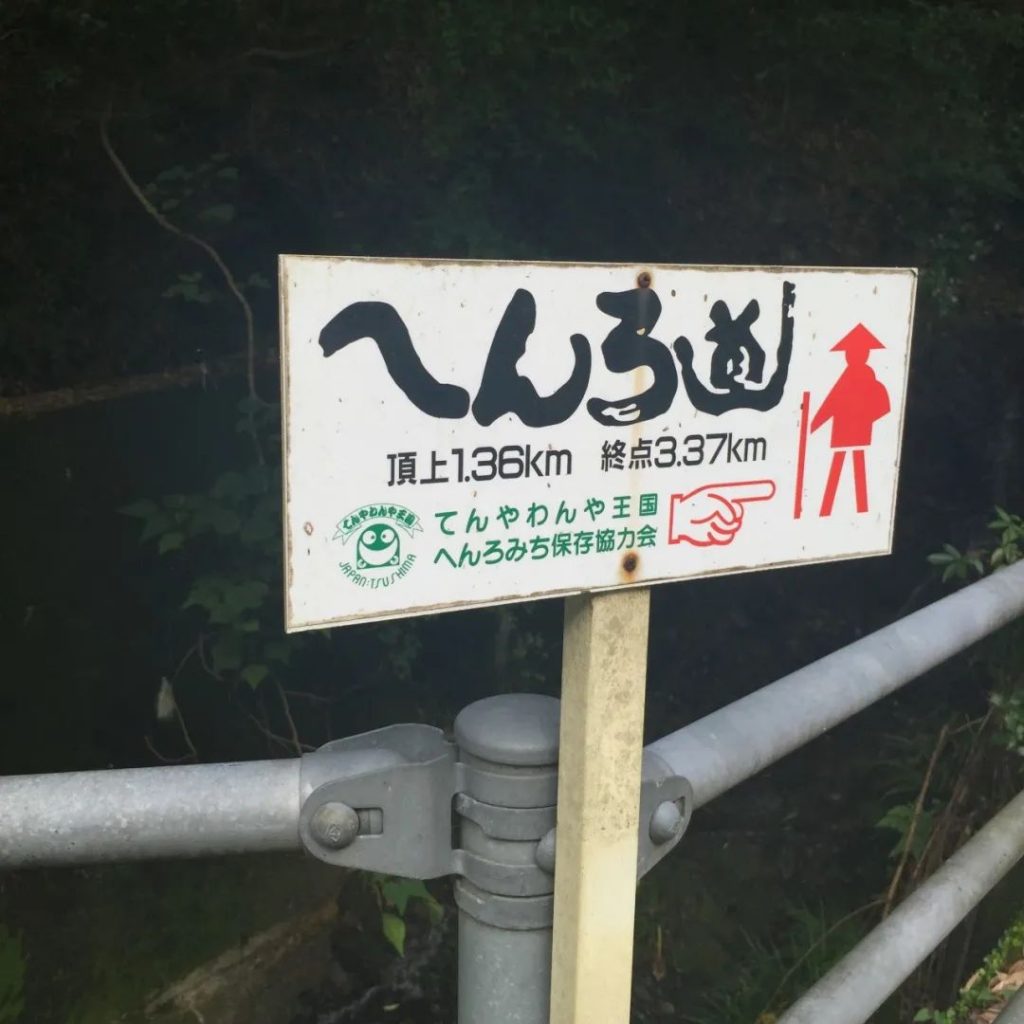
Get encouragement from the shopkeepers along the way, get some sweets and fruits from the monastery, get small gifts from the aunts of the Buddhist scriptures… These are all courtesy along the way. “Hospitality (おReceive/Osettai)” is the ancient custom of Shikoku locals offering free help to stragglers, giving them food and assistance, and even providing accommodation, especially for those who travel on foot.
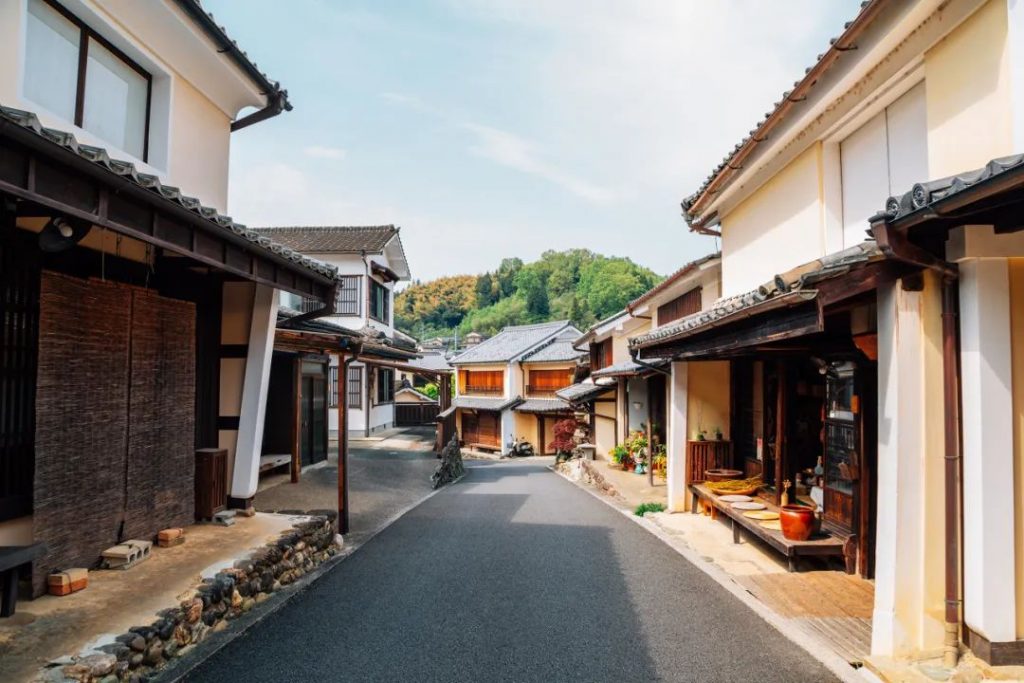
Uchiko Town, a traditional village in Ehime, Shikoku, Japan; there are only more than 20 temples that can provide accommodation, and many other accommodation will give traveler discounts on board and lodging. When the passers-by gather in the small shop, they will also encourage each other and share their experiences.
Comments